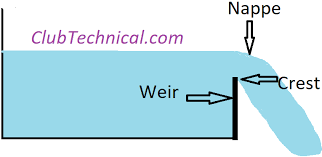Digital Twins
Digital Twins
They are created by gathering and combining real-world information about a building, bridge, or other asset using technologies like 3D laser scanners, drones, sensors, and IoT devices.
Benefits of Digital Twins in Civil Engineering:
Improved Design and Analysis: Digital twins allow engineers to simulate different scenarios and test designs virtually before construction, leading to better and more efficient designs.
Enhanced Construction Planning and Execution: By providing a detailed virtual representation of the project, digital twins can help with better resource allocation, schedule optimization, and risk management.
Predictive Maintenance: Digital twins can monitor the performance of structures in real-time, allowing for predictive maintenance and proactive interventions to prevent failures and reduce downtime.
Optimized Asset Management: Digital twins can provide valuable insights into the performance of assets, enabling better decision-making regarding maintenance, upgrades, and replacements.
Improved Safety: Digital twins can be used to monitor the safety of structures and construction sites, helping to identify and mitigate potential hazards.
Examples of Digital Twin Applications:
Building Information Modeling (BIM): Digital twins are often used in conjunction with BIM to create a more comprehensive and dynamic representation of buildings.
Bridge Monitoring: Sensors can be integrated into bridges to monitor their structural health, and this data can be used to update the digital twin and predict potential problems.
Pipeline Monitoring: Digital twins can be used to monitor the condition of pipelines and predict potential leaks or failures.
Smart Cities: Digital twins can be used to model and simulate entire cities, allowing for better urban planning and management.
.jpeg)



Comments
Post a Comment